
Exporting Saudi CB Certification and IECEE Registration
What is cb certification?
The CB scheme is a global mutual recognition system established by the International Electrotechnical Commission (IECEE). Currently, 45 certification bodies across 34 countries participate in this mutual recognition system, and the number of member countries and organizations is continuously expanding. Once a company obtains a CB certificate from one of the certification bodies, it can easily convert it into other certification certificates, granting access to relevant markets in different countries.
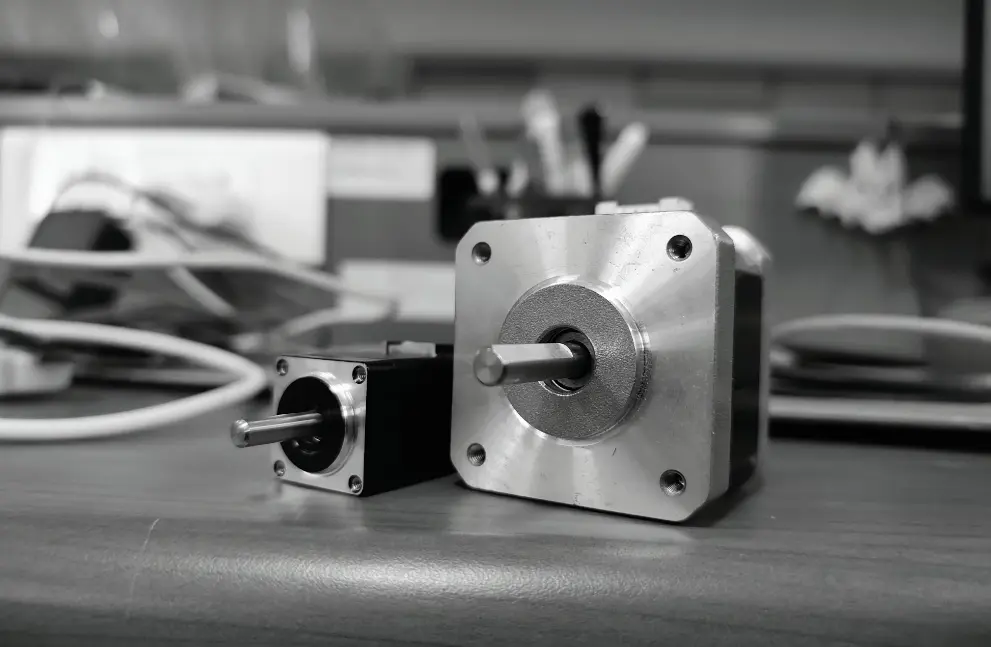
The necessity of CB Certification:
The foundation of the CB system is to have product safety test results for electrical and electronic equipment globally accepted. Upon successful completion of testing, a cb test certificate and a corresponding CB test report are issued, which together serve as a passport. Manufacturers can use this to apply for national certification from any certification body participating in the CB system, usually without requiring additional tests.
Scope of products under CB certification:
Currently, the CB system covers 14 categories and 180 types of products, including video game devices, testing equipment, power cables, capacitors and components, lighting, household appliances, protective devices, transformers, office and IT equipment, and medical devices.
Saudi CB Certification Example: LED Downlight
For Saudi CB certification, generally:
- LED bulbs use the IEC62560 standard;
- Lighting fixtures use the IEC60598 standard.
The testing for lighting fixtures is similar to most safety standards, mainly covering eight key requirements:
1. Classification: Class I, Class II, Class III
2. Marking: Based on the test requirements
3. Mechanical protection: Secure connections, sharp edge protection
4. Electrical protection: Grounding, insulation, creepage distance
5. Water and dust protection: IP testing
6. Thermal protection: Temperature testing
7. Fire protection: Material testing
8. Other protections: UV, laser, explosion, etc.
Additionally, LED bulbs have a specific test for photobiological safety, which includes UV and blue light hazard testing.
We will only briefly cover classification and marking. For specific test details, you can refer to the IEC62560 and IEC60598 standards, or contact us for more information.
▐ Classification
1. By electric shock protection level
2. By water and dust protection level (IP)
3. By the design and surface of installation
4. By the operating environment
5. By different installation methods
▐ Marking
Basic content required for lighting product markings:
1. Manufacturer or responsible agent
2. Model and rated parameters
3. Classification markings
4. IP rating
5. Illumination distance
6. Others, such as specific bulbs, harsh environment use, better protective covers, etc.
Also, note that a nameplate is required.
- The height of the text on the nameplate must be at least 2mm, and symbols must be at least 5mm.
- The nameplate material must be wear-resistant and waterproof (a printed draft and material sample are acceptable).
Besides the overall IEC testing, key components, or critical parts of the lighting fixtures, must also have CB certification. Otherwise, additional random testing fees may apply.
With a CB report and CB certificate in hand, the next step is to consider applying for IECEE registration. Currently, major CB certification bodies offer special Saudi CBs. This type of CB is different from the general CB in that it is only used for Saudi IECEE registration and cannot be used for conversion to other certifications. However, it is much cheaper than the general CB.
Saudi IECEE Registration Example: LED Downlight
SASO IECEE mandatory control list:
- Mobile phones and accessories (wired and wireless chargers, car chargers, wireless speakers)
- Laptops, tablets, and accessories (laptop chargers, tablet chargers)
- Power banks, mobile phone batteries
- Lighting fixtures and accessories
- Solar photovoltaic products
- Dishwashers
- Electric water pumps
- Televisions and displays
- Smartwatches
- E-cigarette devices
- Air fryers
- Video games and accessories
- Electric kettles
- Cables
- Coffee machines
- Main current circuit breakers
- Mobile phone charging cables
- Shavers
- Desktop computers
Documents required for Saudi IECEE registration for LED downlights:
1. A valid CB test report and certificate (valid for three years)
2. Valid test reports including national differences (if applicable)
3. Importer’s business license in Saudi Arabia, including date of establishment and legal representative
4. Manufacturer’s business license (preferably not a trader’s license)
5. Product photos with labels, trademarks, and packaging
6. User manuals in English and Arabic
7. If the product includes a plug, provide the plug’s CB test report
Important Notes:
1. For luminaires with a driver, the driver needs to be tested separately before shipment. Drivers can be either external or internal.
2. When issuing an IECEE certificate for luminaires, the lamp holder type and lamp holder test report need to be provided separately.
3. If the import brand is different from the brand on the CB report, or if the CB report does not mention the brand, the CB certificate can still be used, but a supplementary PID (Product Identification Declaration) document must be provided for review.
4. Products with power adapters, such as mobile phones and computers, require separate test reports or relevant declarations for the adapters.
5. One IECEE certificate can cover multiple models listed in the same CB certificate, up to 20 models in one series.
6. The IECEE certificate application period is 15–20 working days, and the certificate is valid for one year. One CB certificate can only be used to issue one IECEE certificate, and multiple CB certificates are required for multiple IECEE certificates. For SABER conversion, each model requires one PC certificate.
Email:hello@jjrlab.com
Write your message here and send it to us
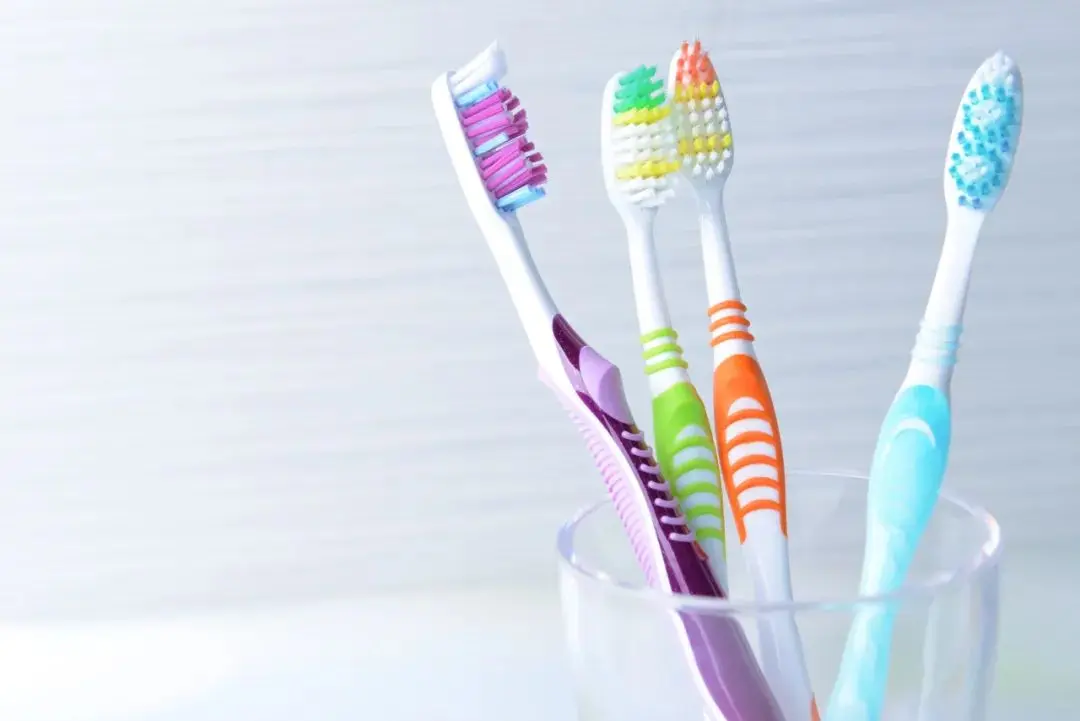 Toothbrush FDA Certification Testing
Toothbrush FDA Certification Testing
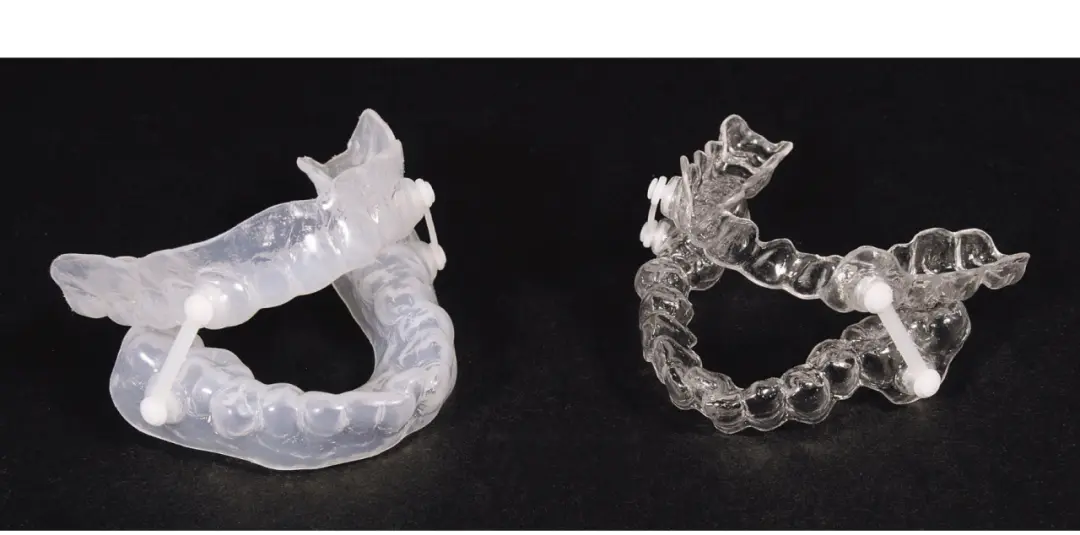 Snoring Device FDA 510k Standard Testing
Snoring Device FDA 510k Standard Testing
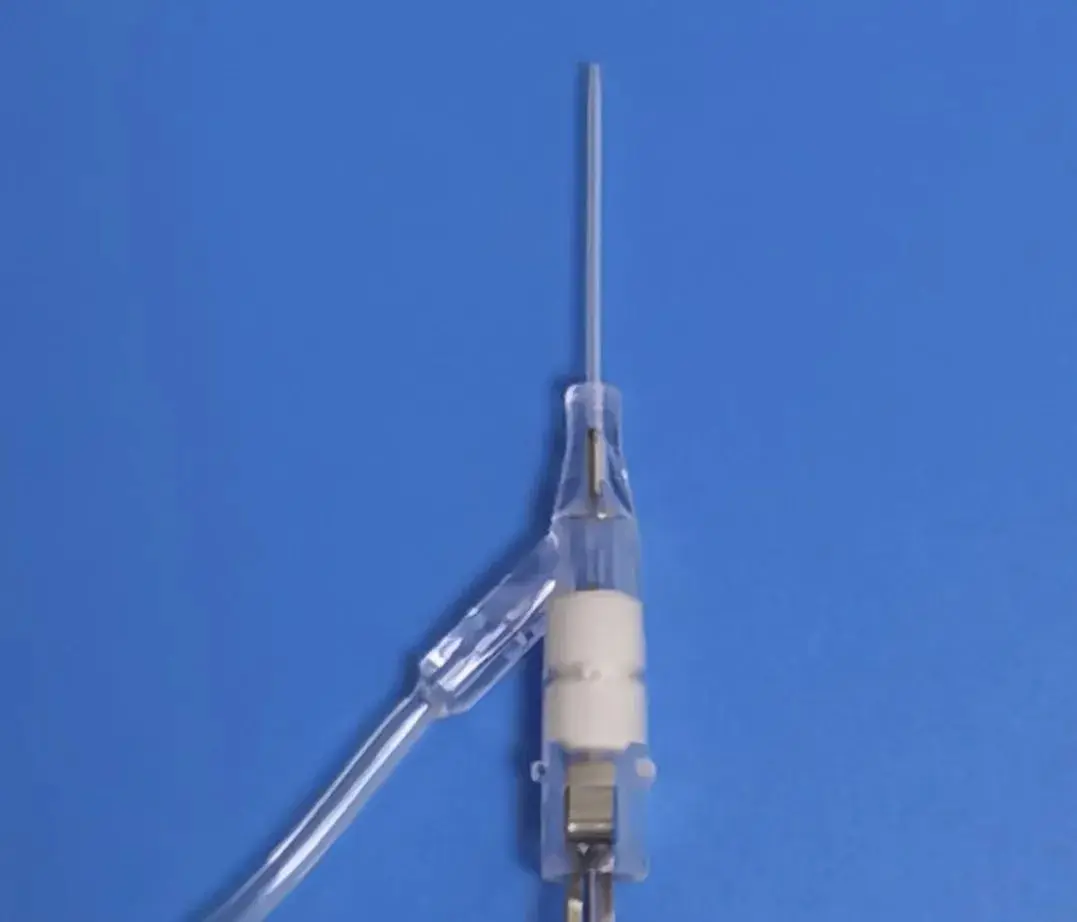 Single Use Intravenous Catheter Certification Test
Single Use Intravenous Catheter Certification Test
 Silicone Material Product Compliance Certification
Silicone Material Product Compliance Certification
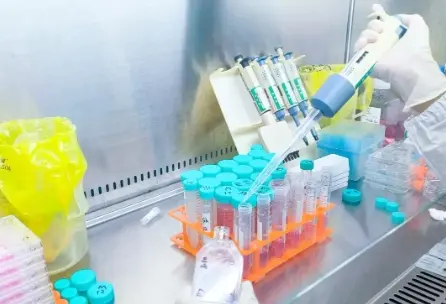 What to Do If Cytotoxicity Test Results Are Positi
What to Do If Cytotoxicity Test Results Are Positi
 ISO 10993:5 Cytotoxicity Testing Methods
ISO 10993:5 Cytotoxicity Testing Methods
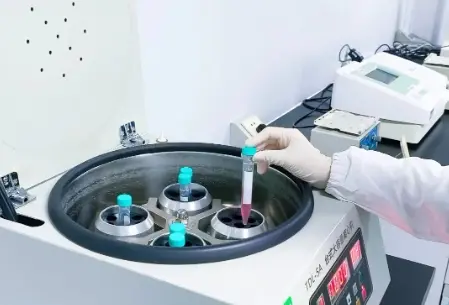 FDA ISO 10993-1 Biocompatibility Evaluation Guidel
FDA ISO 10993-1 Biocompatibility Evaluation Guidel
 In Vitro Cytotoxicity Testing for Medical Devices
In Vitro Cytotoxicity Testing for Medical Devices
Leave us a message
24-hour online customer service at any time to respond, so that you worry!




